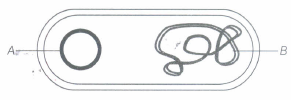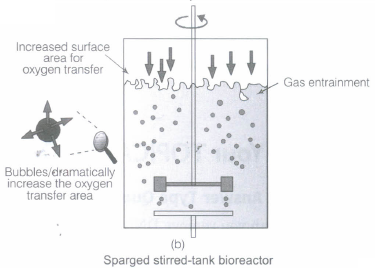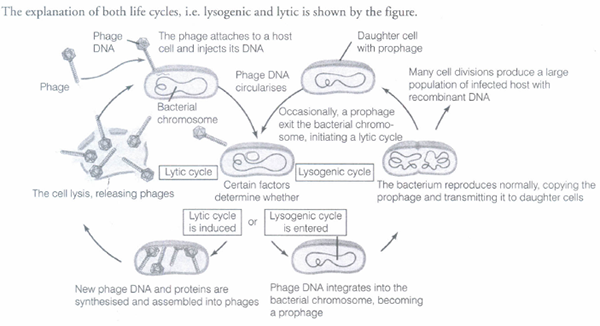CBSE 12th Standard Biology Subject Biotechnology Principles and Processes Ncert Exemplar 3 Marks Questions With Solution 2021
By QB365 on 25 May, 2021
QB365 Provides the updated NCERT Examplar Questions for Class 12 Biology, and also provide the detail solution for each and every ncert examplar questions , QB365 will give all kind of study materials will help to get more marks
QB365 - Question Bank Software
CBSE 12th Standard Biology Subject Biotechnology Principles and Processes Ncert Exemplar 3 Marks Questions With Solution 2021
12th Standard CBSE
-
Reg.No. :
Biology
-
Mention three uses of PCR.
(a) -
Draw a labelled sketch of sparged-stirred tank bioreactor. Write its application.
(a) -
Agrobacterium tumifaciens is a soil bacterium; known as a plant pathogen as well a plasmid vector for plant transformation (genetic engineering). Enlist other bacterial plant pathogens or their relatives that have widely used in agriculture and food production.
(a) -
Bacteriophages are virus infecting bacteria, that are used as vectors because of their high copy number.
Lambda phage is a non-contractile bacteriophage used as vector that follows two life cycle, lysogenic and lytic. Explain, both the life cycles with the help of a diagram(a) -
(i) A bacterial cell is shown in the figure given below. Label the part 'A' and 'B'. Also mention the use of part 'A' in rDNA technology.

(ii) Suppose a linear DNA fragment and a plasmid has three restriction sites for Eco RI. How many fragments will be produced from linear DNA and plasmid respectively.(a)
5 Marks
*****************************************
CBSE 12th Standard Biology Subject Biotechnology Principles and Processes Ncert Exemplar 3 Marks Questions With Solution 2021 Answer Keys
-
Three uses of PCR are:
(i) It is used to during rDNA for production of newer and desired DNA
(ii) It is used for DNA sequencing.
(iii) It is used in DNA figerprinting. -

Application These bioreactors are used to produce large quantities of products enzymes, etc., using microbial, plant, animal of human cells. -
(i) Some useful strains of Agrobacterium tumefaciens (known to cause crown gall diseases) are:
(a) Agrobacterium radiabacter K84 is useful for biological control.
(b) Agrobacterium sp. M4 is a source of an experimental drug for cholesterol degradation.
(c) Agrobacterium radiobacter J14 helps in biodegradation of Atrazine, an agricultural herbicide.
(ii) Erwinia amylovora is a causative organism of fire blight disease but also serves as an elicitor of disease resistance in plants.
(iii) Xanthomonas campestris a causative organism of black rot, is also a source of xanthum gum. It is a polysaccharide used in agriculture, cosmetics and pharmaceuticals. -

-
(i) In the above bacterial cell, i.e. A is plasmid B is chromosomal DNA.
(ii) If the enzyme Eco RI acts on both linear DNA and plasmid DNA, each having three recognition sites, the restriction enzyme will generate 3 fragments from plasmid DNA (as it is circular) and 4 fragments from linear DNA.
5 Marks






































